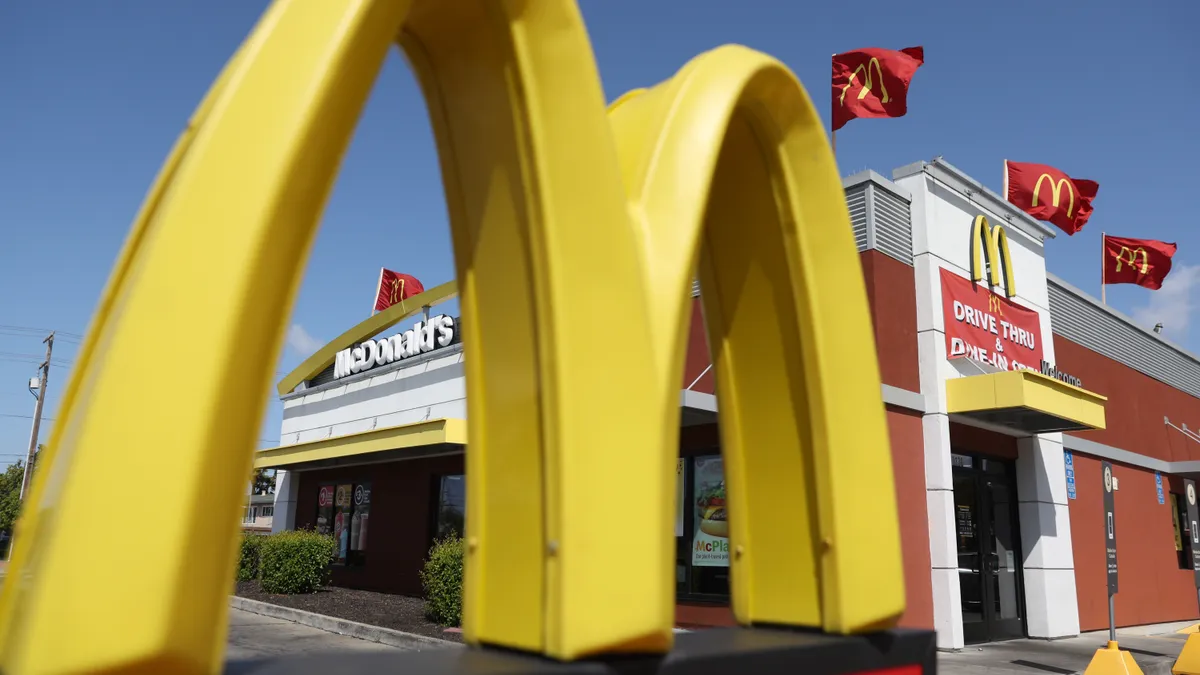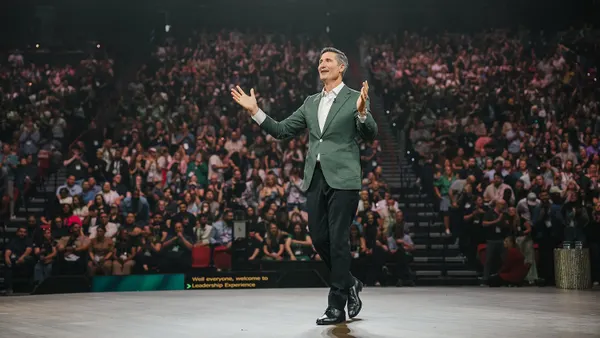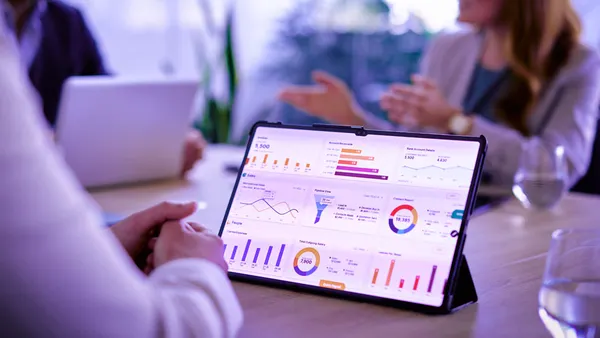Dive Brief:
- McDonald’s is expanding its Ready on Arrival pilot — which uses geofencing to alert employees when a mobile order customer is nearing the restaurant so they can get the customer’s food ready — to its top six markets by 2025, the company said during its Investor Day last week. The chain deployed geofencing on its mobile app in March, but tested the technology as early as 2017.
- The company reported a 62-second reduction in wait times for mobile pickup customers who collected their orders curbside or in the restaurant after deploying ROA geofencing, McDonald’s CEO Chris Kempczinski told investors.
- This push to improve the mobile pickup experience dovetails with the company’s plans to grow its active loyalty user base to 250 million 90-day active users, and capture $45 billion in sales from loyalty members by 2027 — more than double its $20 billion in current annual loyalty sales.
Dive Insight:
McDonald’s reports “significantly higher customer satisfaction scores” from ROA transactions, Kempczinski said, which are increasing frequency and could deepen customer loyalty.
“As we deploy ROA technology across our top six markets over the next 18 months, we expect continued growth of mobile ordering will drive loyalty adoption and order frequency and help deliver on [our] loyalty growth ambition,” he said.
McDonald’s loyalty members already buy from the chain with 15% greater frequency than non-members, and spend almost twice as much on average as non-loyalty customers in the U.S. and Canada, Kempczinski said.
And its pool of loyalty members continues to grow. McDonald’s has seen more than 100 million registrations in its 50 largest markets over the last 12 months, Kempczinski said. McDonald’s internal categorization of its loyalty customers has become more complex as it gained more members.
“As we continue to learn more about our loyalty customers, gathering data on how they visit us and what they buy, we'll leverage machine learning at scale and get even smarter with our pricing methodology,” Jill McDonald, EVP and president, internationally operated markets, said during the company’s investor presentation. “This will enable us to personalize with even greater precision by looking at thousands of customer cohorts when we used to have less than 10.”
Major competitors, such as Panera and Sweetgreen, are fine-tuning their loyalty program sand other digital offerings to better capture and process valuable consumer data as diners grow more comfortable with mobile ordering. Panera and restaurant companies Dunkin’ and Diversified Restaurant Group have also dabbled in geofencing over the past few years, with Panera integrating the tech into its curbside pickup service.
“Our loyalty system-wide sales have more than tripled in the last three years to over $20 billion,” Kempczinski said, indicating the growing importance of integrating digital ordering systems with restaurant operations.












